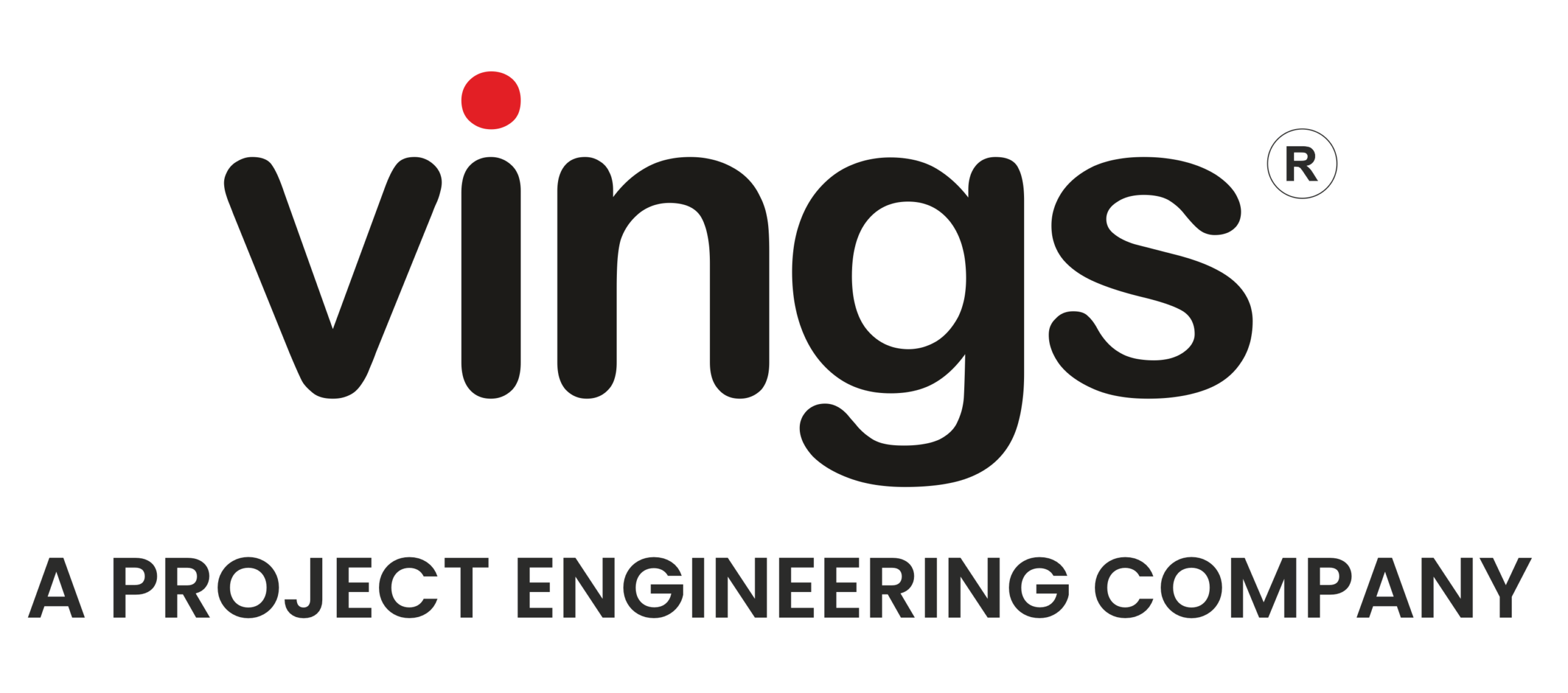VRF Systems – Everything you need to know
VRF Solutions :-
At Vings India, we uniquely integrate mechanical engineering, advanced thermodynamic principles, and cutting-edge IoT technologies to deliver state-of-the-art VRF (Variable Refrigerant Flow) solutions. Our systems are designed to provide exceptional energy efficiency, precise climate control, and seamless scalability, catering to a wide range of residential, commercial, and industrial needs.

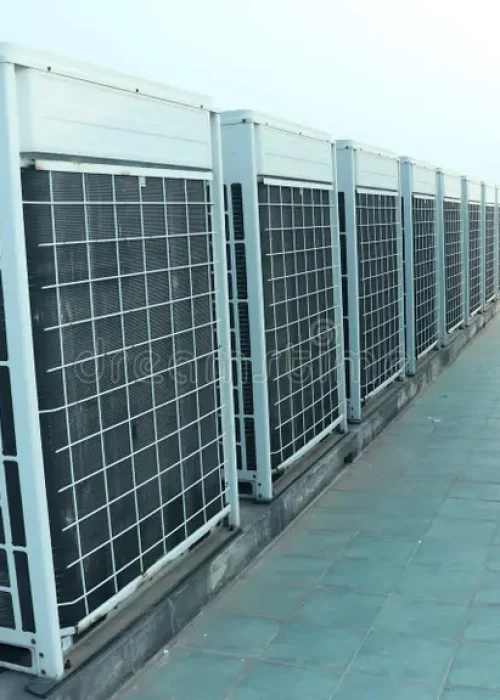

Ving's india Indoor VRF System's
Uniquely combines mechanical, thermo and IoT technologies to deliver VRF solutions that save time and money.
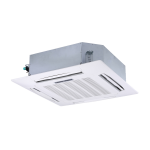
4-Way Cassette
The 40VMF fan coil is matched with the 38VMR heat recovery or the 38VMH heat pump and the 40MV9 series controllers.
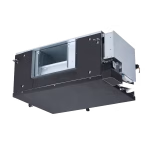
High Static Duct
The 40VMH high static duct is matched with the 38VMR heat recovery or the 38VMH heat pump and the 40MV9 series controllers.
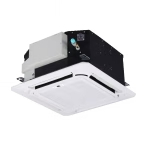
Compact 4-Way
The 40VMC fan coil is matched with the 38VMR heat recovery or the 38VMH heat pump and the 40MV9 series controllers.
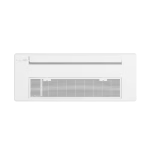
One-Way Cassette
The 40VMI one-way cassette has a slim and compact design, ideal for any solution in which ceiling space is limited.
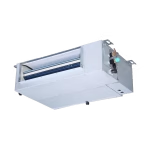
Low Static Duct Type
The 40VML fan coil is matched with the 38VMR heat recovery or the 38VMH heat pump and the 40MV9 series controllers.
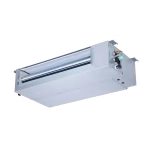
Medium Static Duct
The 40VMM fan coil is matched with the 38VMR heat recovery or the 38VMH heat pump and the 40MV9 series controllers.
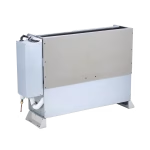
Floor Console - Recesse
The 40VMR fan coil is matched with the 38VMR heat recovery or the 38VMH heat pump and the 40MV9 series controllers.
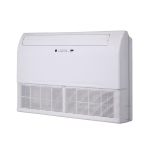
Underceiling / Floor Console
The 40VMU fan coil is matched with the 38VMR heat recovery or the 38VMH heat pump and the 40MV9 series controllers.
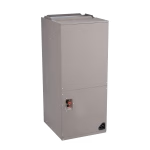
Vertical Air Handler Unit
The 40VMV air handling unit is compatible with the 38VMR heat recovery, 38VMH heat pump and the 40VM9 remote controller.
FAQs
Brief list of FAQs
What is a VRF system?
A VRF system regulates refrigerant flow to match the heating and cooling demands of different zones, allowing for individualized temperature control and energy efficiency. In short, it enables end users to independently manage multiple air conditioning zones simultaneously. VRFs first came into use in 1982 when Daikin invented the variable refrigerant volume control technology.
How does a VRF system work?
VRF technology works by adjusting the refrigerant volume within a system to precisely meet the requirements of a building. It utilizes the minimum energy necessary to maintain the temperatures that have been set, switching off when no occupants are detected in a room. This versatility helps reduce energy costs.
With the capability of connecting large numbers of air conditioning units to one single outdoor unit, VRF operates similarly to a multi-split system. Each indoor unit determines its required capacity based on the current indoor temperature and the desired temperature set by the remote control. The total demand from all indoor units then dictates how the outdoor unit adjusts the refrigerant volume and temperature, ensuring that only the necessary cooling or heating is supplied.
These are some of the highlights of the VRF system:
- Works as a large, ductless HVAC system operating at high capacity
- Enables several indoor units to operate on a single system (unlike split AC units)
- Inverter compressors drive efficiency due to modulation of compressor speed based on individual space requirements
- VRF systems are highly customizable and work well in commercial settings and facility management
Benefits of using VRF systems
As has already become clear, there are a number of benefits to using VRF technology compared to traditional HVAC systems. Let’s look at these now.
- Efficiency: VRF systems offer higher efficiency than traditional HVAC systems due to their ability to modulate refrigerant flow and compressor speed based on demand, resulting in reduced energy consumption.
- Customization: VRF systems allow individualized temperature control in different zones and the ability to heat and cool simultaneously. Traditional HVAC systems generally offer less flexibility in zoning and temperature control with a large variety of indoor units (wall, Concealed, Cassette, Floor…)
- Installation: VRF systems often require less ductwork and space than traditional HVAC systems, making them easier to install.
- Cost: While initial costs for VRF systems may be relatively high, their long-term energy savings and reduced maintenance needs often offset these costs over time.
- Noise: VRF systems tend to operate more quietly than traditional HVAC systems, offering a more comfortable indoor environment.
- Maintenance: VRF systems may require specialized servicing, potentially increasing long-term maintenance costs. However, their advanced technology can lead to fewer breakdowns and repairs than traditional HVAC systems.
Common applications of VRF Systems?
The various application areas for VRF systems can differ from what we might call traditional HVAC systems. VRF systems really come into their own when precise zoning and individualized temperature control are required – whether that’s in large commercial buildings, multi-family residential complexes, or educational and healthcare settings. Traditional HVAC systems are also used in a number of settings – residential, commercial, and industrial – but provide heating and cooling through centralized ductwork. Unlike VRF, traditional HVAC systems do not support zoning.
So VRF systems emerged as a versatile alternative to traditional HVAC solutions, finding applications in a wide range of settings, including commercial spaces—office buildings, hotels, retail establishments, etc.—all of which benefit from the flexibility and efficiency offered by VRF systems. The popularity of VRFs makes sense when you consider that these settings often need zoned climate control to accommodate varying occupancy levels and usage patterns. VRF systems really excel in such environments by allowing individualized temperature control in different zones.
Outside of commercial applications, multi-family residential buildings have increasingly adopted VRF systems because they provide independent climate control for each unit, enhancing tenant satisfaction and energy efficiency, including villas & townhouses. In addition, educational institutions such as schools and universities, as well as healthcare facilities like hospitals and clinics, benefit from the zoning capabilities of VRF systems. Finally, you will also find VRF systems in data centers, where keeping servers cool is critical for sustained performance.
Get In Touch
Do not hesitate to reach out. Just fill in the contact form here and we’ll be sure to reply as fast as possible.
